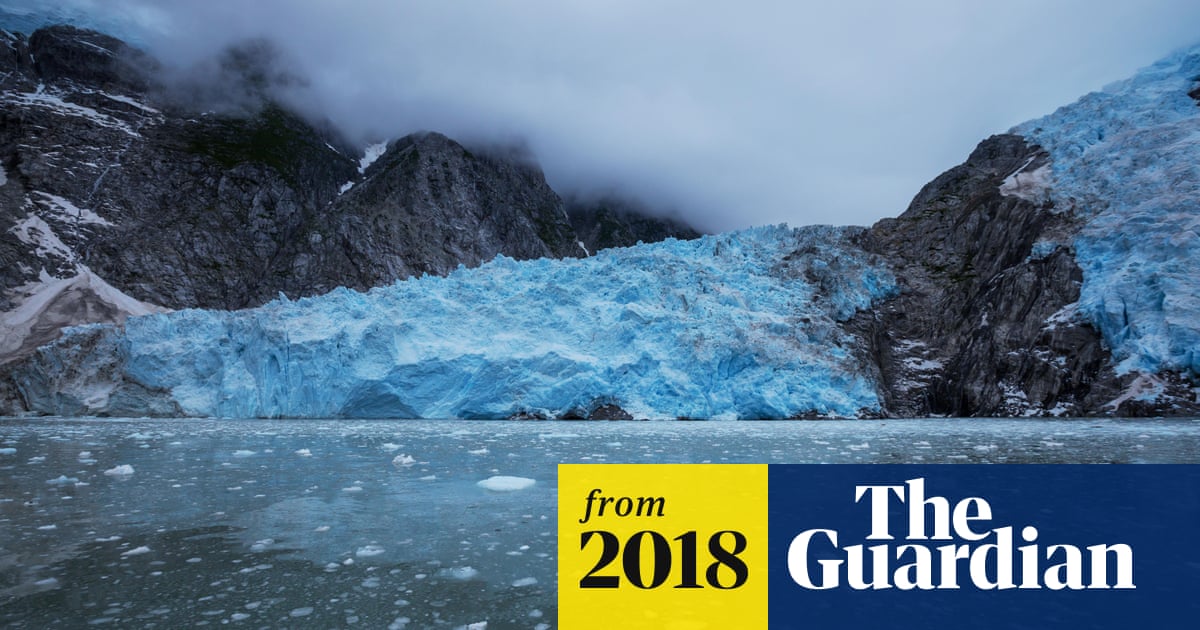Announcement
Collapse
No announcement yet.
The Ancient Beringians
Collapse
X
-
Hey Charlie - I read some of this in Lucas' post on the 3rd. It's almost like the more factual discoveries we make about our ancients, the more questions we have. But at least this most recent evidence solidifies the Bering Strait theory.Pickett/Fentress County, Tn - Any day on this side of the grass is a good day. -Chuck-
Comment
-
There were also probably smaller groups, maybe just families, who migrated at different times across the Bering st. maybe the Northern Beringians continued to move across central/southern Canada, and the northern most areas of North America, while the southern group migrated south down the Rocky mtn. area. And there's still evidence of another culture from South America migrating north into NA. Logically, these early Native Americans would have had to see each other, and emerged into larger groups, and families grew, and if we're talking 10,000 - 12,000 years ago, that's a long time for groups of natives to form larger groups and each may have been absorbed into different cultures, finally ending up with the Paleo tradition where we now find the fluted point sites. More sites will eventually be found that will piece the entire puzzle together in the future.
Comment
-
Yeah, my bad. I posted this before seeing Lucas' post in the Cinmar thread, where I would not have expected to see it posted, and I missed his thread from 1/3 entirely, or I would not have posted this thread at all.Originally posted by Scorpion68 View PostHey Charlie - I read some of this in Lucas' post on the 3rd. It's almost like the more factual discoveries we make about our ancients, the more questions we have. But at least this most recent evidence solidifies the Bering Strait theory.
Hey, I'm still impressed with the Cerutti Mastodon Site, a real fly in the ointment of American prehistory and acceptable paradigms, lol. I also prefer the Pacific Coast Kelp Highway route for method of dispersal. It does not negate the Beringian standstill or entry from Siberia.
It would also also be great if prehistorians in South America and North America communicated with each other better then at present.
My apologies to Lucas, did not realize a thread on the subject already existed.
Rhode Island
- Likes 1
Comment
-
It's not a bad thing Charlie - We all can use the education. I try to take in as much as my little pea pick'n brain can handle but sometimes I go on overload like it did when I was reading Lucas' second referenced discussion on this forum. In fact, you were part of that discussion but bill was really getting heated about the his professors and their lengthy research resulting in their theory, which wasn't all that well received. I kinda blacked out after the 3rd or 4th page of discussion. I think that Pacific Coast Kelp Highway route has a lot of promise if they could just get some harder evidence like the recent 2010 find that resulted in the strengthening of the Beringian theory.Pickett/Fentress County, Tn - Any day on this side of the grass is a good day. -Chuck-
Comment
-
I agree with Greg. I don't think we will ever know when the first people arrived in the Americas. The study of genetics can perhaps tell us what people were successful in populating an area but what about the many small groups that were not successful?Michigan Yooper
If You Don’t Stand for Something, You’ll Fall for Anything
- Likes 1
Comment


Comment